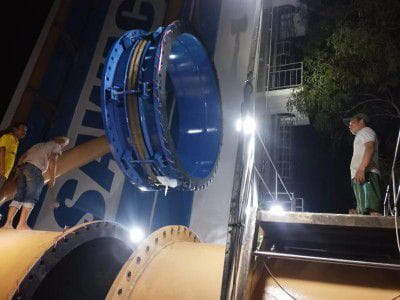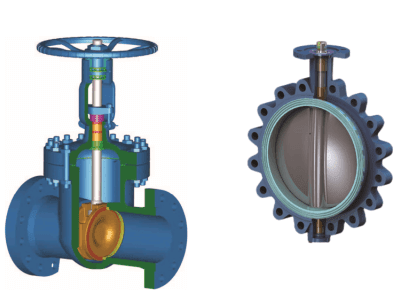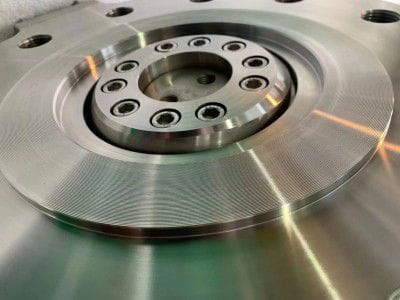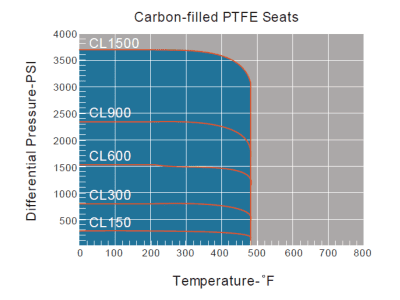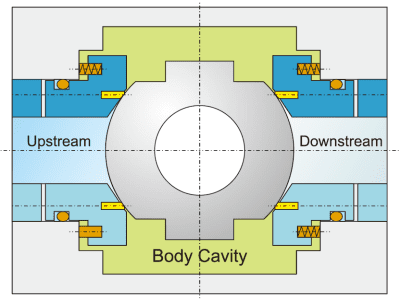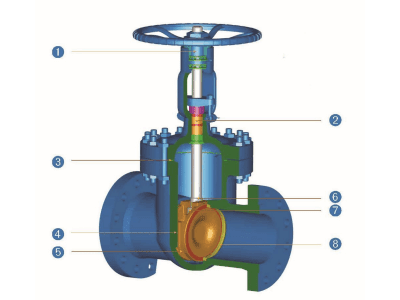DN2000 Expansion Joint Start Working for Ho Chi Minh Main Water Supply Line
On Apr.25th, 2023, workers are busy working to assemble the DN2000 bellow type expansion joint to the main water supply line in Ho Chi Minh City, Vietnam. Bosseal work with our partner in Vietnam to successfully deliver the goods within 40 days to the job site, for the urgent demand to replace the old valves from German which have served for more than 20 years. It's an important job for the whole city as the government only agrees to do the replacement twice a year and 5 hours each time...
